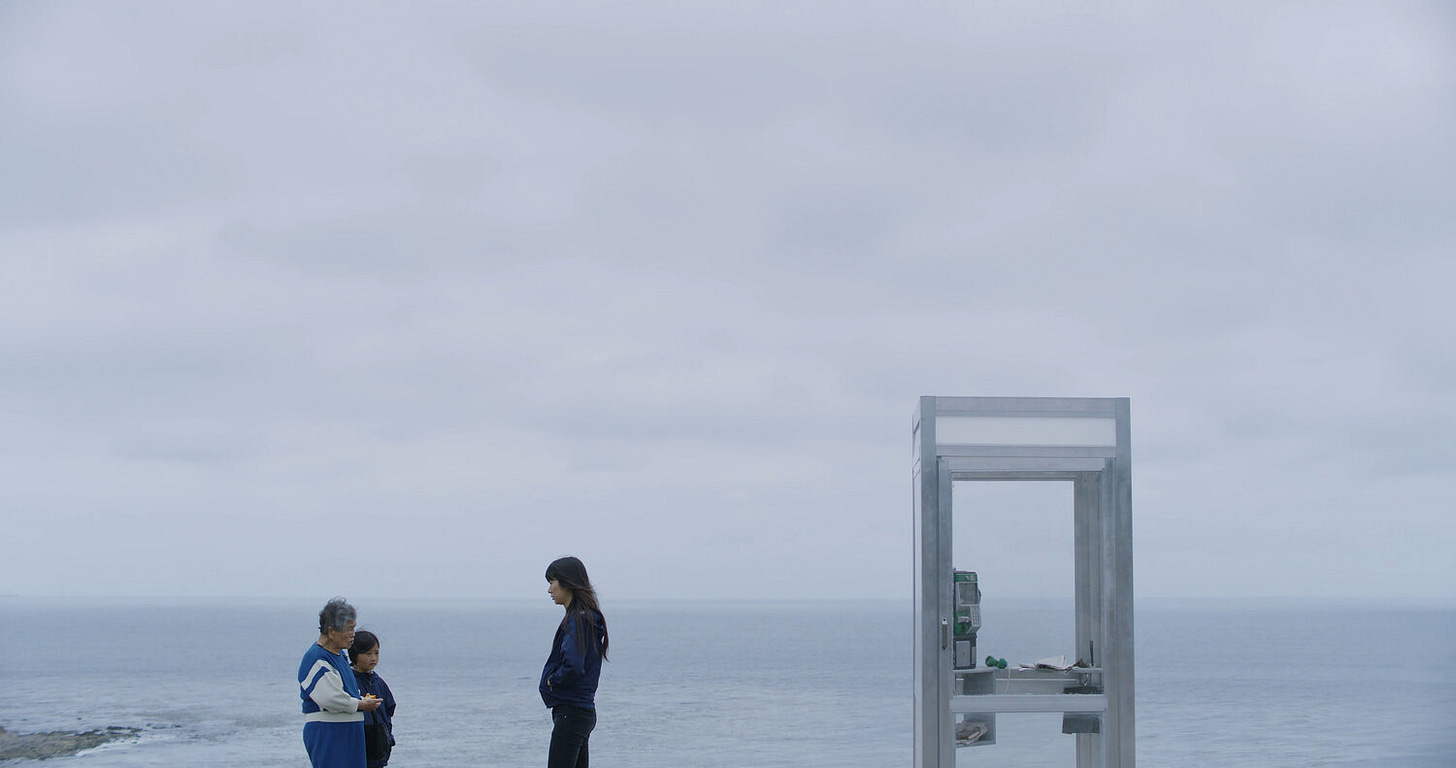Digital Pilgrimage: Finding Solitude in a Connected World
Seeking moments of voluntary solitude seems to be increasingly desired by people. Beyond digital detox, the need for reconnection is soaring.
Good evening from Paris! This week is dedicated to digital pilgrimage. A special welcome to our new subscribers—you can explore all previous editions right here. Feel free to comment, drop me an email, and share this post!
Going on a pilgrimage is a constant in our humanity. Whether through spiritual pilgrimages (walking the Camino de Santiago, performing the Hajj to Mecca, participating in the Mazu festival in Taiwan...) or by taking shorter or longer retreats, the need for introspection and elevation frequently manifests in our lives.
This need to escape the unity of time, space, and action that digital technologies tend to compress finds many echoes, especially among the younger generation.
A solitary pilgrimage to paradoxically break away from solitude
Lonely, online. We receive nearly 50 notifications a day on our smartphones. And yet, in the United States, 15% of men and 10% of women report having no close friends. In France, according to IFOP, about 9.5 million French people live in chronic loneliness, whether endured or sometimes chosen.
In a 2018 study from the University of Pennsylvania titled “No More FOMO: Limiting Social Media Decreases Loneliness & Depression,” students were asked to limit their use of Facebook, Snapchat, or Instagram to a maximum of 10 minutes per day for three weeks. The conclusions were clear: their well-being radically improved. Even though other reports temper the responsibility of social networks for feelings of loneliness, the bubbles in which we evolve contribute to feelings of isolation — isolation of ideas, of course, but also isolation of communities and discoveries.
Necessary austerity: the movement of “digital minimalism”
In the absence of a true pilgrimage, thinkers like Cal Newport are developing the idea of digital minimalism. The principle: keep only the digital tools necessary for our needs and place the user’s intention at the heart of their use. On Reddit, the community /r/digitalminimalism has nearly 70,000 members. They share many tips, such as uninstalling distracting apps from our smartphones as much as possible and instead accessing platforms through a web browser on a computer.
The Before Launcher app on Android offers to filter out as many app notifications as possible while easily customizing home screens. By adding friction from the first screen, the interface allows users to regain control and make their impulses less automatic or robotic.
Like ascetics who forgo the superfluous, a certain kind of austerity might be necessary to regain control over our digital habits.
Public sanctuaries, sanctuaries for oneself.
Many conversation sanctuary projects are being developed in real life, like the Dial café (a contraction of dialogue) in Tokyo, which aims to encourage couples to converse. Friendship benches are becoming more common in urban planning and in schools.
In Japan, wind phones — telephone booths not connected to any line — promise the living the chance to speak to the deceased.
But it’s online where the next generation of sanctuaries is emerging.
In Canada, the Vimy Foundation launched in 2022 “Vimy: A Living Memorial – The Digital Pilgrimage,” a virtual space of remembrance composed of over a century of testimonies, which aims to reveal the common threads that unite humanity in our relationship to conflicts, with the belief that memory is stronger than forgetfulness.
Other spaces offer a sense of wandering and reconnection with oneself. Second Life continues to attract millions of users who accept the technological engine of this virtual world, even though it's stuck in codes from the past. More than just a game, it seems that humanity holds a place, a role, independently of the objective, much like a texture or a 3D object. It’s a universe that gives us both a feeling of nostalgia and presence. And instead of endlessly scrolling through TikTok videos, we move our avatar freely, a bit like playing a game over and over just for the fun of seeing if we can pass through a wall in Prince of Persia.
Family sanctuaries are enjoying certain success. BackThen offers a family album that grows each day with photos of the children. It’s an alternative to GAFAM feeds by opening the album only to other approved family members. It provides the possibility to wander from birth to the present day and relive joyful or painful moments. In fact, most albums are only open to 4 or 5 people, bringing a sense of sacredness back to the storage of images.
These digital pilgrimages might be a way to rediscover an original innocence.
The number of the Week: 2.63%
According to RivalIQ, the median engagement on TikTok for brands is only 2.63% across all verticals. It’s the institutions and businesses surrounding higher education that see the most traction.
Amazing links
“The Art of The Prompt” offers a practical 55-page methodology for creatives, strategists, and brands. (Google).
FOMO is reportedly stronger than harassment on social networks. (The Guardian).
Have a great week! This newsletter is written with love, passion, and (French) café.
Feel free to share this newsletter, like, comment, or keep sending me emails: these notifications are a joy.
My book “Alive In Social Media” is available on Amazon.







